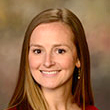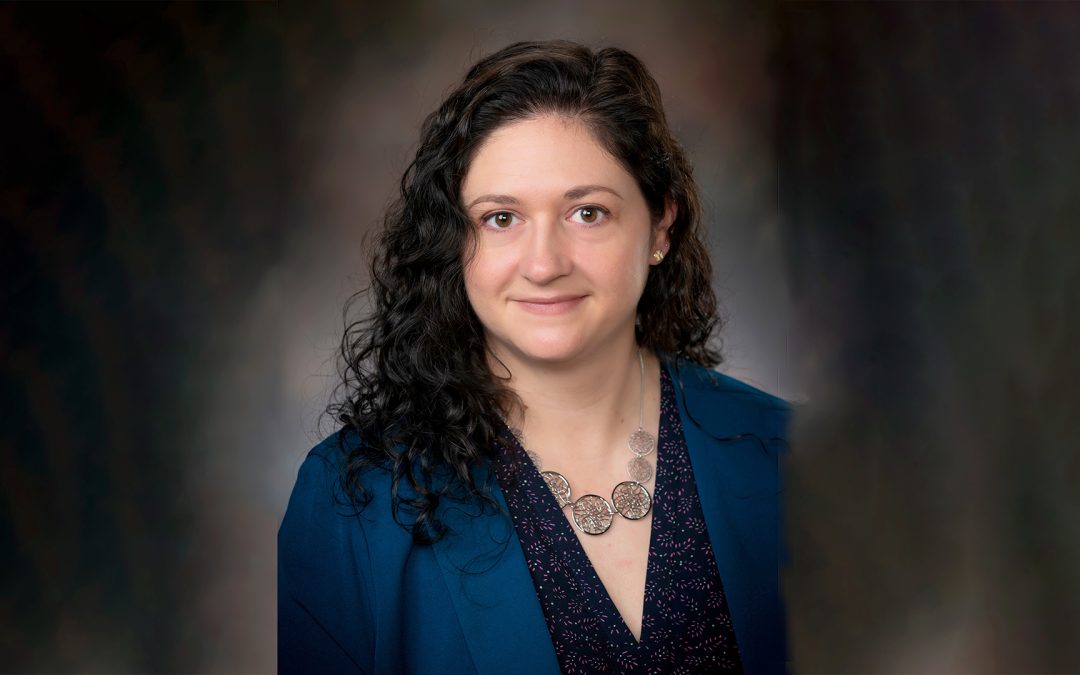story and video by NATHAN KELLY

Which came first? The chicken–at least according to the Virtual Chicken, a computer-based teaching tool developed by researchers with the Department of Poultry Science and the Auburn University Food Systems Institute.
Reading a description of how an egg forms inside a chicken is one thing. Seeing it in 3-D is a completely different experience. That’s why the Auburn University Food Systems Institute is bringing the animal’s insides to life through an interactive and entertaining new teaching tool.
The idea began in a casual conversation in September 2002 when poultry science professor, Patricia Curtis, raised a question. “Does the virtual representation of the formation of an egg exist?” The answer was “no.”
“We wanted to find a way to get students involved in the learning rather than just sitting and listening to lectures,” says Curtis, now director of AUFSI. “We thought the different tracts of a chicken would be easier to learn if you could actually see what was going on inside the bird.”
The first installment of the project, “Virtual Chicken: the reproductive tract,” is a 10-minute, three-dimensional animation showing how an egg develops through a hen’s reproductive tract. Since the video’s completion in 2014, multiple copies of the project have been distributed by request to schools and grower groups, and now anyone with Internet access can check out the video free of charge on the poultry science department’s website at http://poul.auburn.edu/outreach/educational-resources/ or the food system institute’s website at http://aufsi.auburn.edu/virtual-chicken/.
Last year, Curtis was awarded a grant to collaborate with Long Island’s Suffolk County Community College and Pennsylvania State University in developing “Virtual Chicken: the digestive tract.” Using a video-game engine, this second effort will virtually follow the progress of a grain of corn through the digestive tract of a chicken. A Penn State poultry scientist will serve as the subject-matter expert, and IT specialists Bill Shaw at Auburn and Troy Hahn, a former Auburn employee now at the Long Island college, are building the simulation.
Before its release, the digestive-tract video will be beta tested in undergraduate poultry science courses at Auburn and Penn State.
Curtis says leaders in the poultry industry are excited about getting this kind of technology in the hands of grade-school students and above to give them a head start if they wish to pursue a career in poultry.
“The most common requests we get for the reproductive-tract video are from counties that have large poultry concentrations so that they can implement it into their school systems,” she said. “One of our goals with this project from the start was to open up the minds of students who may have not decided what they want to major in during college, and to show them the number of options poultry and food science provide.”
“Virtual Chicken: the digestive tract” is a two-year project expected to be complete in August 2016. The institute plans to expand this version of the Virtual Chicken to be usable on mobile devices and interactive with touch screens.
The Virtual Chicken project is supported by a USDA Higher Education Challenge Grant and a grant from the Alabama Agricultural Experiment Station.
VIDEO: Curious how the Virtual Chicken came into being? Check out this video featuring Curtis and Shaw.




